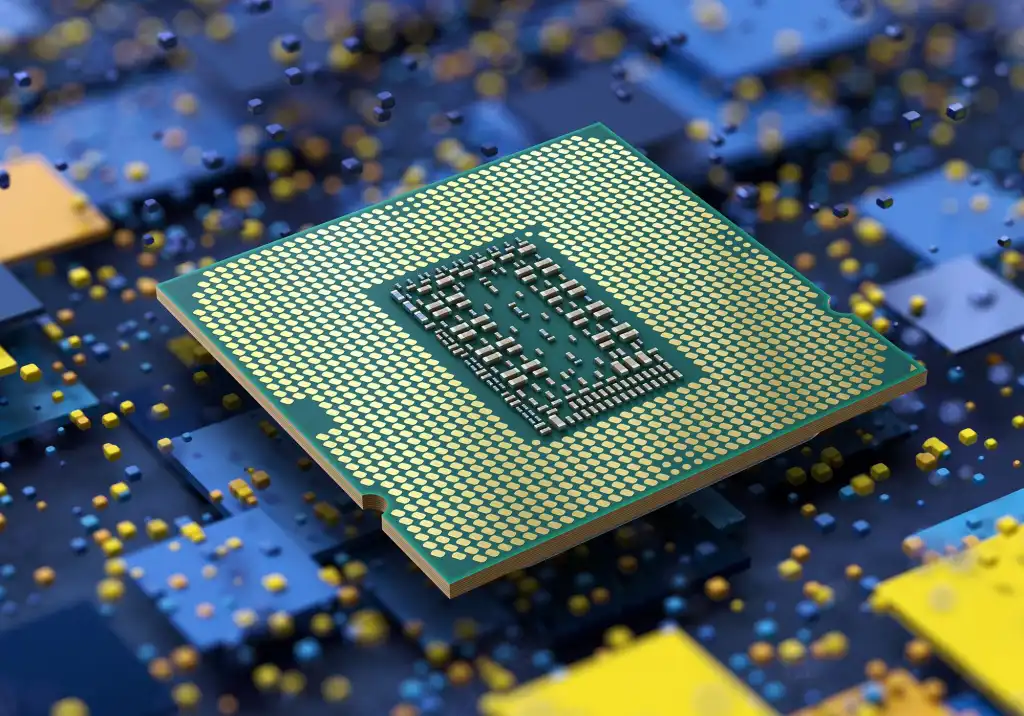When we say we're multitasking, it's a term we throw around lightly as humans. But do we truly multitask? Not really. Our brains can swiftly switch attention from one task to another, but is that how a computer's Central Processing Unit (CPU) works? Certainly not! In the world of computing, it's all about a sophisticated strategy known as scheduling.
The CPU's Scheduling Strategy
Scheduling is a fundamental concept that underlies the functionality of modern multi-core CPUs. It's a method through which the operating system decides which sets of instructions or threads should take priority when accessing the CPU. Each thread is assigned a value called "priority," and this value determines its place in the CPU processing queue. Higher priority threads get processed ahead of lower priority ones.
Developers have the ability to assign priority values when writing a program, and Windows can dynamically adjust a thread's priority based on its resource requirements and the nature of the instructions it's executing. For instance, user interface-related threads, like those responsible for processing keyboard and mouse input, are typically assigned higher priorities. Background activities, which are less time-sensitive, receive lower priorities.
Additionally, there's another value known as "quality of service" (QoS), which developers can assign to threads. QoS informs the operating system about how much processor power a thread may need. While it's not as critical as priority, it still influences scheduling. QoS is particularly important in power management, where the OS can request a specific CPU frequency, and the CPU's hardware decides whether it can meet that demand while staying within power constraints.
Multitasking in the CPU
In the context of multitasking, priority and QoS relate to the tasks we choose to perform, such as texting while watching a movie. However, it's essential to understand how these tasks are managed within the CPU.
Traditionally, CPU threads were processed one at a time, mirroring how our brains work. But modern multi-core systems are entirely different. Newer CPUs often consist of various types of cores, each with unique capabilities. The primary goal in scheduling for multi-core systems is to avoid excessive context switching. Context switching is the act of moving a thread from one core to another, and ideally, you want a thread to start and finish its execution on a single core. Load balancing across cores is essential to prevent one core from becoming overwhelmed.
For hybrid CPUs like Intel's Alder Lake lineup, which have both high-performance (P) cores and lower-performance, power-efficient (E) cores, scheduling becomes even more crucial. E-cores, despite being less powerful, can be more numerous on a chip due to their smaller size. The scheduler, by default, uses P-cores but may utilize an E-core if they're available before resorting to hyper-threading on a P-core.
Hardware-Assisted Scheduling
In recent developments, newer CPUs are equipped with hardware-assist features that provide advice to the operating system. These features allow the CPU to analyze the incoming workload and recommend the best core for a specific thread, depending on whether the goal is more performance or better power efficiency. This creates a dynamic synergy between hardware and software.
In conclusion, multitasking in modern computers involves a complex dance of scheduling and resource management. While we may not genuinely multitask like our devices, understanding CPU scheduling and multi-core processing sheds light on the impressive capabilities of our computing systems.


No comments yet